SsangYong Torres vs Volvo XC40 – Which car suits you better?
Everyday use, family trips or long-distance drives – here’s where the differences show.
Discover whether SsangYong Torres or Volvo XC40 fits your lifestyle better.
Costs and Efficiency: When it comes to price and running costs, the biggest differences usually appear. This is often where you see which car fits your budget better in the long run.
SsangYong Torres has a slight advantage in terms of price – it starts at 33800 £, while the Volvo XC40 costs 36800 £. That’s a price difference of around 2914 £.
Fuel consumption also shows a difference: Volvo XC40 manages with 6.50 L and is therefore evident more efficient than the SsangYong Torres with 7.90 L. The difference is about 1.40 L per 100 km.
Engine and Performance: Power, torque and acceleration say a lot about how a car feels on the road. This is where you see which model delivers more driving dynamics.
When it comes to engine power, the SsangYong Torres has a barely noticeable edge – offering 207 HP compared to 197 HP. That’s roughly 10 HP more horsepower.
In terms of top speed, the SsangYong Torres performs barely noticeable better – reaching 194 km/h, while the Volvo XC40 tops out at 180 km/h. The difference is around 14 km/h.
There’s also a difference in torque: SsangYong Torres pulls somewhat stronger with 339 Nm compared to 300 Nm. That’s about 39 Nm difference.
Space and Everyday Use: Whether family car or daily driver – which one offers more room, flexibility and comfort?
Both vehicles offer seating for 5 people.
In curb weight, SsangYong Torres is a bit lighter – 1498 kg compared to 1688 kg. The difference is around 190 kg.
In terms of boot space, the SsangYong Torres offers clearly perceptible more room – 703 L compared to 452 L. That’s a difference of about 251 L.
In maximum load capacity, the SsangYong Torres performs evident better – up to 1662 L, which is about 334 L more than the Volvo XC40.
When it comes to payload, SsangYong Torres hardly perceptible takes the win – 552 kg compared to 532 kg. That’s a difference of about 20 kg.
Who wins the race?
The SsangYong Torres proves to be wins solidly and therefore becomes our DriveDuel Champion!
SsangYong Torres is the better all-rounder in this comparison.
SsangYong Torres
SsangYong Torres
The SsangYong Torres stands out with its rugged design and robust stance, ideal for adventure enthusiasts seeking a reliable companion for off-road escapades. Inside, the vehicle offers a spacious and comfortable cabin equipped with modern features to enhance the driving experience. Its performance is geared towards delivering a smooth ride, making it versatile for both city driving and rural trails.
detailsVolvo XC40
The Volvo XC40 is a standout model in the compact SUV segment, offering a delightful blend of Scandinavian design and practicality. Its interior is both stylish and functional, featuring premium materials and innovative storage solutions that make every journey comfortable. The car's performance is smooth and responsive, with advanced safety features ensuring peace of mind for drivers and passengers alike.
details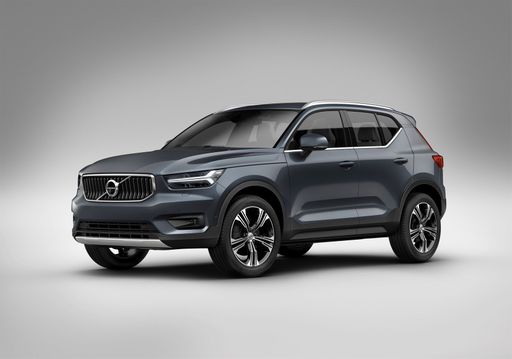 @ media.volvocars.com
@ media.volvocars.com
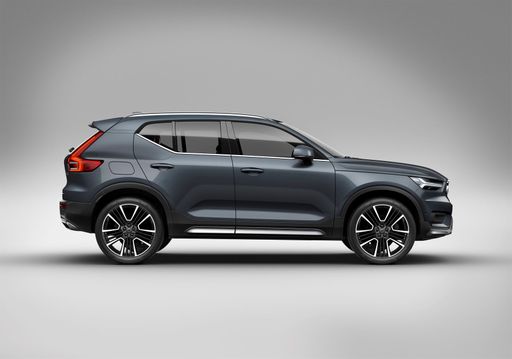 @ media.volvocars.com
@ media.volvocars.com
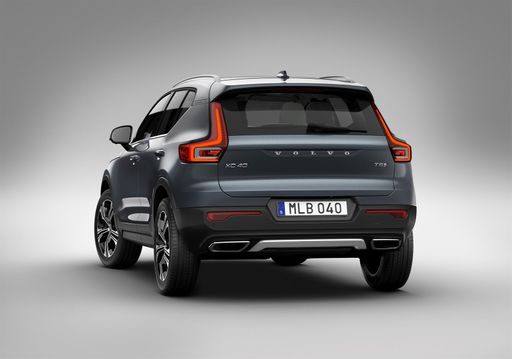 @ media.volvocars.com
@ media.volvocars.com
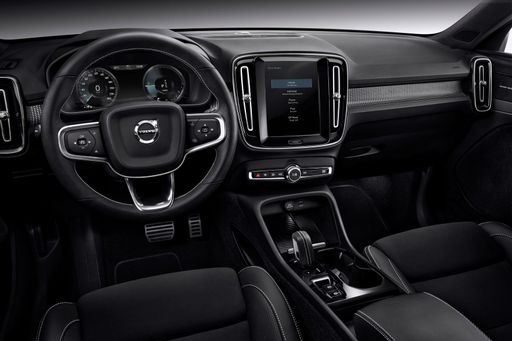 @ media.volvocars.com
@ media.volvocars.com
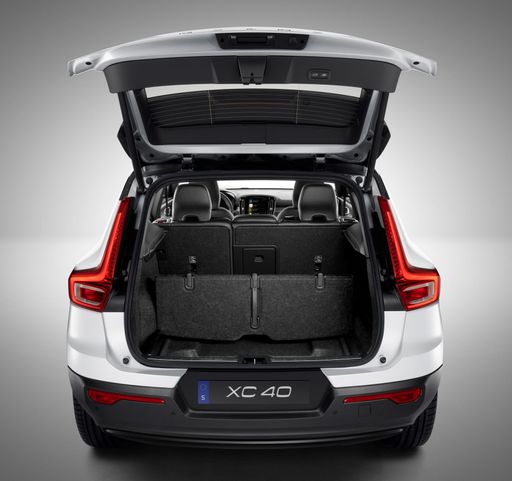 @ media.volvocars.com
@ media.volvocars.com

|
|
|
|
|
Costs and Consumption |
|
|---|---|
|
Price
33800 - 44600 £
|
Price
36800 - 47200 £
|
|
Consumption L/100km
7.9 - 9.1 L
|
Consumption L/100km
6.50 L
|
|
Consumption kWh/100km
18.70 kWh
|
Consumption kWh/100km
-
|
|
Electric Range
462 km
|
Electric Range
-
|
|
Battery Capacity
-
|
Battery Capacity
-
|
|
co2
0 - 207 g/km
|
co2
147 - 148 g/km
|
|
Fuel tank capacity
50 L
|
Fuel tank capacity
54 L
|
Dimensions and Body |
|
|---|---|
|
Body Type
SUV
|
Body Type
SUV
|
|
Seats
5
|
Seats
5
|
|
Doors
5
|
Doors
5
|
|
Curb weight
1498 - 1618 kg
|
Curb weight
1688 kg
|
|
Trunk capacity
703 L
|
Trunk capacity
452 L
|
|
Length
4700 mm
|
Length
4425 mm
|
|
Width
1890 mm
|
Width
1863 mm
|
|
Height
1710 mm
|
Height
1652 mm
|
|
Max trunk capacity
1662 L
|
Max trunk capacity
1328 L
|
|
Payload
552 kg
|
Payload
532 kg
|
Engine and Performance |
|
|---|---|
|
Engine Type
Petrol, Electric
|
Engine Type
Petrol MHEV
|
|
Transmission
Manuel, Automatic
|
Transmission
Automatic
|
|
Transmission Detail
Manual Gearbox, Automatic Gearbox, Reduction Gearbox
|
Transmission Detail
Dual-Clutch Automatic
|
|
Drive Type
Front-Wheel Drive, All-Wheel Drive
|
Drive Type
Front-Wheel Drive
|
|
Power HP
163 - 207 HP
|
Power HP
163 - 197 HP
|
|
Acceleration 0-100km/h
-
|
Acceleration 0-100km/h
7.6 - 8.6 s
|
|
Max Speed
191 - 194 km/h
|
Max Speed
180 km/h
|
|
Torque
280 - 339 Nm
|
Torque
265 - 300 Nm
|
|
Number of Cylinders
4
|
Number of Cylinders
4
|
|
Power kW
120 - 152 kW
|
Power kW
120 - 145 kW
|
|
Engine capacity
1497 cm3
|
Engine capacity
1969 cm3
|
General |
|
|---|---|
|
Model Year
2023 - 2024
|
Model Year
2024
|
|
CO2 Efficiency Class
G, A
|
CO2 Efficiency Class
E
|
|
Brand
SsangYong
|
Brand
Volvo
|
Is the SsangYong Torres offered with different drivetrains?
Available configurations include Front-Wheel Drive or All-Wheel Drive.
The prices and data displayed are estimates based on German list prices and may vary by country. This information is not legally binding.
